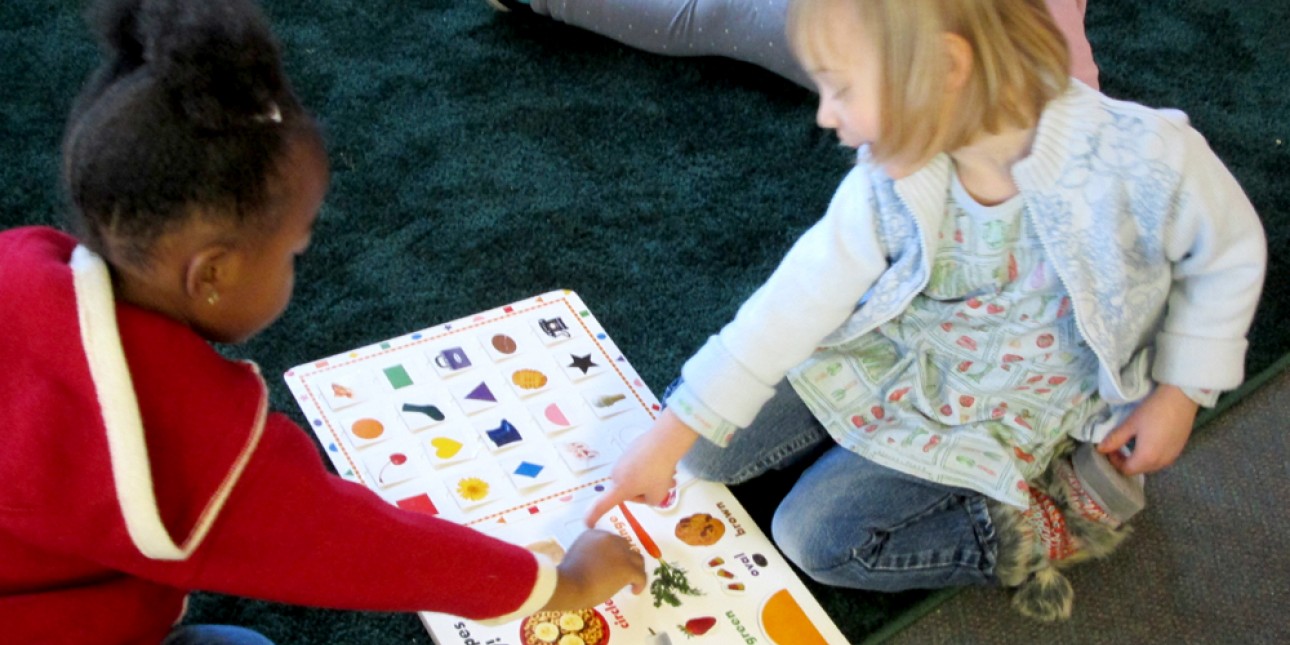March Message from Deb Green

Should I Give PIC Children More Candy?
Recently, as I was walking through the Big Gym on the way to visit some classrooms, a group of four-year-olds stopped me and asked, “What is your job at PIC?” Before I could respond, one of the children said, “She’s the one who gets to make our school more funner!”
Thinking this was the best job description that I could imagine, I asked the group what I could do to make PIC more fun. Without consulting one another, several called out at the same time, “You can bring more candy to PIC!”
After several attempts at convincing them why this was not a good idea, they told me that they would also like a submarine or a spaceship built outside, but REALLY the “most funner” thing would be a never-ending supply of candy.
This conversation got me thinking a lot about multiple perspectives, and how no matter what we may believe to be the healthier, more politically correct, the fairer, or simply the better position for a million reasons, does not mean that everyone else agrees with us.
It made me think about changes that I have led in my time thus far at PIC. Decisions such as discontinuing the use of microwaves to heat lunches, asking that shoes not be worn in our baby classrooms, or even closing the program on a snowy day, are ones that were met by some who had different perspectives than my own.
I believe that there is little room for black and white decision making, as there is much “gray” in this world. We are usually best served by attempting to understand and empathize with the positions of those around us. It doesn’t mean we will end up in agreement, but perhaps we will be better able to respect a choice that is made.
This took me back to thinking about the children in the hallway who were unable to see why providing children with sugar throughout the day may not be the best thing for them. Young children are not born with the gene that helps them empathize with others. The ability to see the world through different lenses is something that needs to be modeled and taught.
Perspective taking involves making sense of the minds of others, thus its scientific study is called "theory of mind" research. Rebecca Saxe of MIT calls perspective taking a social-cognition skill because when children think about the perspectives of others, both social and cognitive parts of their brains are involved. And their emotions are involved as well.
How do we teach this skill at PIC? With the youngest children we model the language of empathy with words such as “Look at Tommy’s face. He is crying because he didn’t like that you took the toy he was playing with.” As children get older, we encourage them to solve conflicts with words such as “What do you think you can say to help Tommy feel better?” Finally, when children are in conflict situations, we encourage more of the language of multiple perspectives, such as “Tommy, it seems that you have a different idea than Suzie. What can you do so that both of your ideas are heard?” All of these strategies encourage children to begin to think about and value the feelings and thoughts of others.
So, while unfortunately for my four-year-old friends I will not be bringing in a truck load of candy to PIC anytime soon. I will continue to hear about the world from their perspective and I will continue to try to make PIC “more funner.” And who knows, perhaps a submarine or a spaceship is yet to come!
For more information on the topic of perspective taking, check out the book Mind in the Making: Seven Essential Skills that Every Child Needs by Ellen Galinsky.